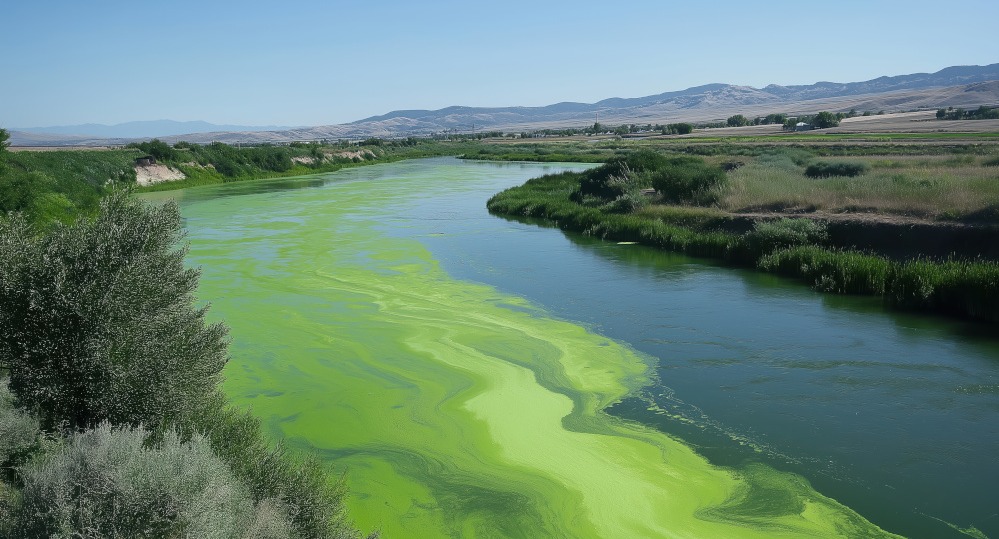Environmentally-friendly Silica-based Algicidal Hydrogel for Algal Bloom Control
KEY INFORMATION
Environment, Clean Air & Water - Sensor, Network, Monitoring & Quality Control Systems
TECHNOLOGY OVERVIEW
Harmful algal bloom (HAB) releases toxins that can contaminate drinking water, causing illness for animals and humans. The National Centers for Coastal Ocean Science (NCCOS) estimated that the annual economic impact of HABs in the US is $10-100 million. Physical and chemical methods can be employed to deal with these, but they have several limitations.
This technology is a 3D structure environmental friendly silica-based hydrogel, which has long-term effect on algal bloom control as well as pathogen control. It is capable of long-acting sustained release and precision dosing. This allows it to effectively replace the existing heavy metal algaecides on the market and solve the problem of indiscriminate dosing of algaecides, antibiotics and other additives in aquaculture. This in turn reduces the amount of drug residues and heavy metal accumulation of the aquatic end-products. Beyond aquaculture, this technology is also applicable for ensuring the health of ornamental aquariums, such as infection of pathogens as well as preventing algal bloom in natural water bodies.
TECHNOLOGY FEATURES & SPECIFICATIONS
This technology consists of a novel composite material with algicidal effects and a real-time monitoring system.
Novel Composite Material
- Sustained release effect which releases active ingredients into water for more than one month (customizable)
- Comparable algicidal rate with best-performing commercially available algaecides
- Silica-based porous material
- No harmful residues, broken down into sand at the end of its life cycle
- Does not contain heavy metals or antibiotics
Real time monitoring system
- Real-time data on residual chlorine, temperature and pH
- Modifiable based on application scenario
POTENTIAL APPLICATIONS
The technology has been employed for water quality maintenance in salt water reservoirs, large scale shrimp and fish ponds, and also for domestic applications in aquarium water quality.
In general, it can be used in urban and rural water bodies, fish tanks, swimming pool or seafood restaurants.
Market Trends & Opportunities
The estimated market size for solutions dealing with HABs is 68.56 US Billion. This breakthrough technology suitable for the aquaculture industry, aquarium industry and natural water protection area is poised to disrupt this industry.
Unique Value Proposition
Current methods of algal bloom treatment:
- Most commercially available algicides only last 1-3 days
- Natural water bodies employ engineering methods that are costly and require a long time to take effect
- Home-based aquariums have to perform water changes, which takes time and may harm the fish
- The aquaculture industry uses algaecides that contain heavy metals and antibiotics, which leave toxic residues in the fish
This technology:
- Provides long acting sustained release and precise dosing to save time, manpower and cost
- Contains environmentally friendly materials not harmful to marine life and marine ecosystem
- Can be used as a preventive measure rather than curative
- Incorporates digitized management to reduce manpower requirements

